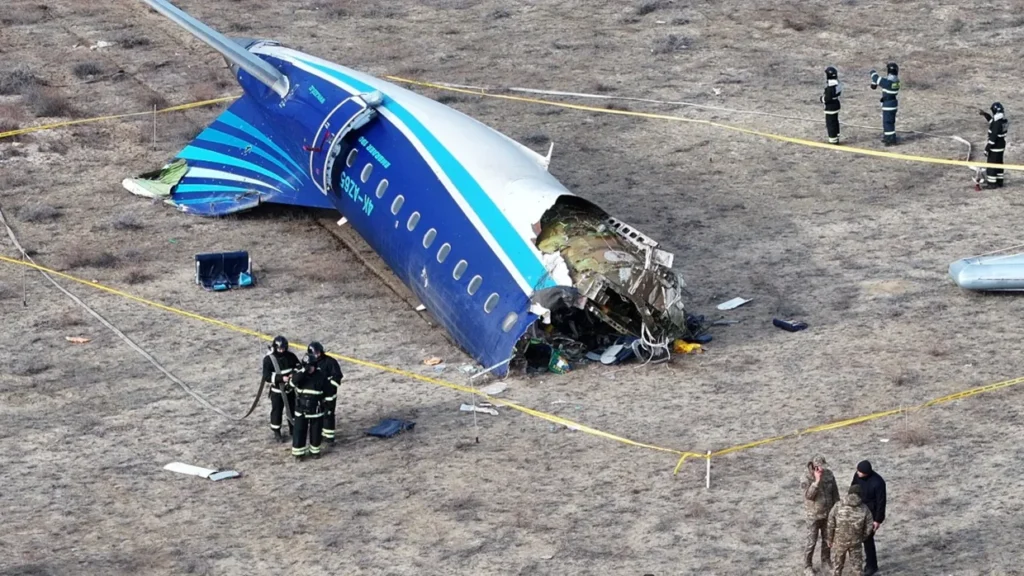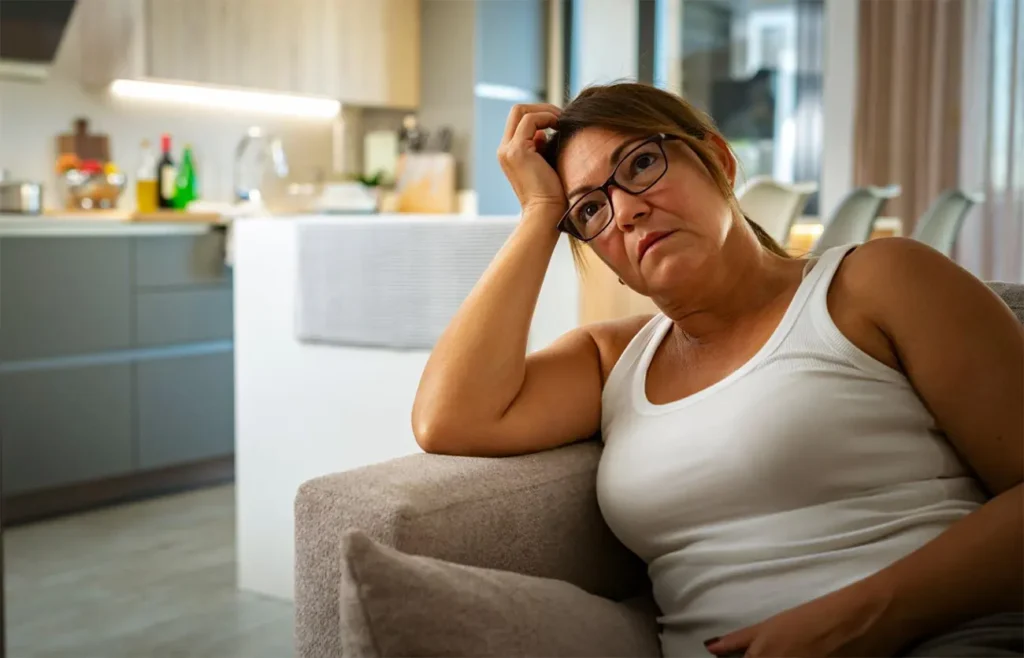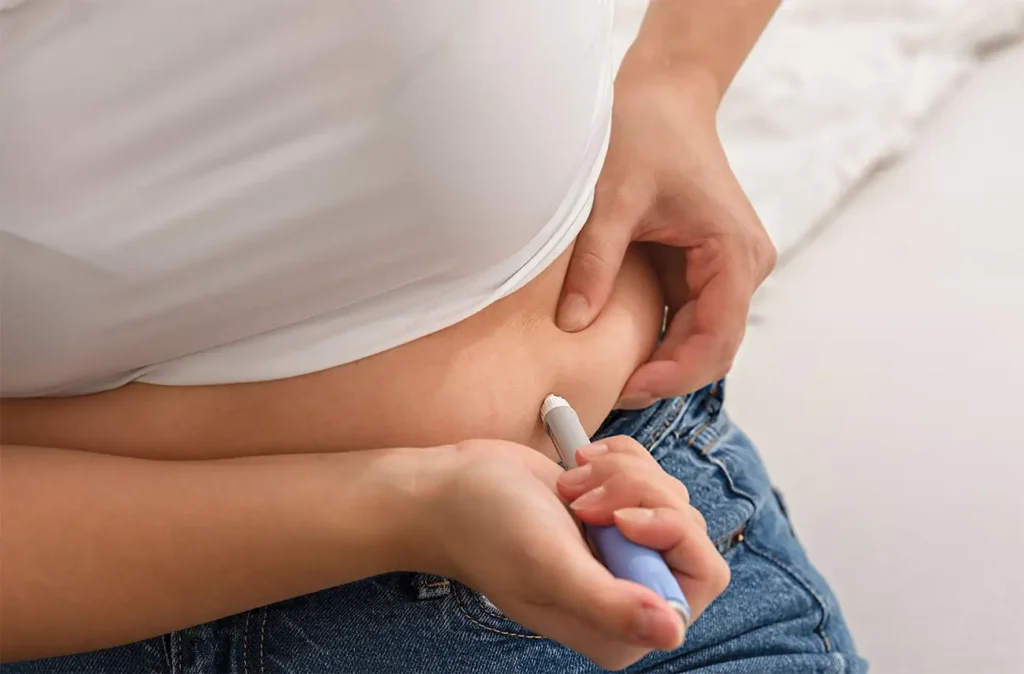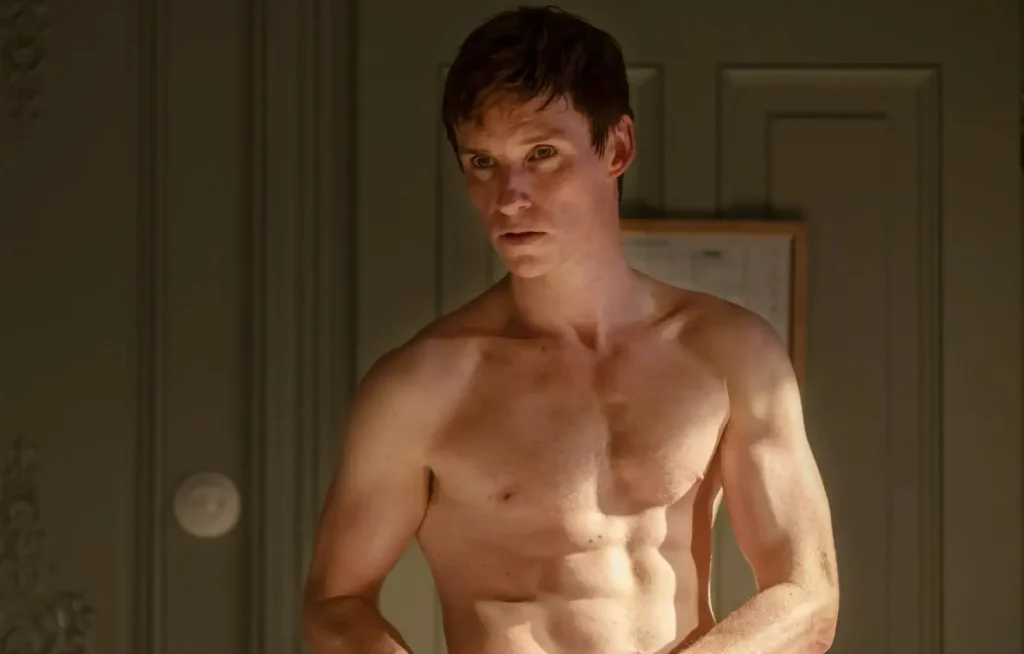Type and hit Enter to search
Experts in aesthetic surgery, dermatology, and beauty bring you the latest trends, research, and advice to help you make informed decisions about your appearance and health.
A web platform dedicated to aesthetic surgery, dermatology, and beauty, where expertise meets innovation, and your desires and needs become our mission. In a world where appearance and health go hand in hand, our platform leads the revolution, delivering the latest trends, research, and expert advice directly to you.
Our team consists of highly skilled professionals in the fields of aesthetic surgery and dermatology, committed to providing reliable information and guidance that will help you make informed choices about your appearance and well-being. We understand that every individual has unique needs and desires, which is why we approach each person with the utmost care and professionalism.
Powered by Aestetica Web Design © 2024
Matthew Perry’s Final Days: Dr. Salvador Plasencia in a Deadly Drug Conspiracy
Matthew Perry’s shocking overdose death isn’t just another tragic Hollywood tale—it’s a haunting expose of a dark web of addiction, betrayal, and scandal, centering on the once-trusted Dr. Salvador Plasencia. How did this beloved star get caught up in a deadly conspiracy?
Matthew Perry’s Overdose: A Dr. Plasencia’s Deadly Game
It was a hot Thursday afternoon when I stumbled across a headline that turned my world upside down. Five people were arrested in connection with Matthew Perry’s death, and one of them was none other than Dr. Salvador Plasencia—a man I had met, spoken to, and been treated by just weeks earlier. That revelation didn’t just surprise me—it made my skin crawl.
Dr. Plasencia, or “Dr. P” as his patients knew him, was at the center of a federal investigation. He wasn’t just any doctor. He was now linked to the overdose death of one of the most beloved actors of our time. And the most horrifying part? I had sat across from him, in an eerie, almost vacant clinic, and trusted him with my own health.
A Creepy Encounter at Malibu Canyon Urgent Care
It was late on Saturday, July 20, when I walked into Malibu Canyon Urgent Care. I was in pain, desperate for relief from what I believed was a kidney infection. My partner and I had called ahead, and a stoic voice on the phone told us to come in. The clinic, as I soon found out, was unlike any other I had been to.
“Where’s the staff?” I whispered to my partner as we stepped into the eerily quiet waiting room. The man at the reception desk barely looked up from his papers. “Maybe it’s just a small operation,” my partner shrugged, trying to ease my obvious discomfort.
But there was something unsettling about the whole setup. After a brief chat about my condition and my career as a journalist, I filled out some paperwork. The man at the desk seemed entirely uninterested in anything I had to say—his expression remained blank, even as I joked about my misfortune with antibiotics.
Minutes later, I found myself in a private examination room, staring at the same man who had been at the front desk. Only now, he was wearing a white coat.
“Surprise,” he said flatly, “I’m not just the receptionist. I’m the doctor too.”
I forced a laugh, but the scene felt ripped straight out of a psychological thriller. It was the kind of setup where the local barman is also the town’s postman and, apparently, its only doctor. Something wasn’t right, but I brushed it off, convincing myself that maybe this was just how things worked in small, local clinics. After all, I was desperate for help.
Dr. P examined me, wrote up a prescription for new antibiotics, and escorted us back to the reception area. “You really run this place all by yourself?” I asked, trying to break the tension. “Good way to save money,” I added with a forced chuckle.
He remained stone-faced, nodding as if my comment barely registered. My partner and I exchanged glances, both of us feeling increasingly uneasy.
As we left the clinic, my partner turned to me, “That was weird, right? He was so… cold.”
“Yeah,” I agreed. “There was something off about the whole experience.”
The Unraveling Horror
Weeks later, when the news broke of Dr. Plasencia’s arrest, I felt my stomach turn. Reading the indictment, knowing I had been treated by the same doctor who allegedly contributed to Matthew Perry’s tragic overdose, made the hairs on the back of my neck stand up.
I returned to the clinic that Thursday, only to find a hastily scribbled sign on the door: “Clinic closed for today. Sorry.” I wasn’t surprised. The entire area seemed stunned by the news, with local business owners expressing shock and disbelief. One even told me he had been treated by Dr. P just days before. “He seemed normal,” the man said, shaking his head. “I would’ve never guessed he was involved in something like this.”
I visited Dr. P’s modest home in Agoura Hills. No one was there—just an empty driveway and closed blinds. Neighbors were equally unaware of the full extent of the doctor’s legal troubles, though one woman mentioned she had seen something about it on the news. Another neighbor confessed, “I’m glad we never got to know him.”
The Gruesome Details Behind Matthew Perry’s Death
Matthew Perry’s death had been a shock to the world—a beloved star, gone too soon. The investigation revealed harrowing details: between September and October 2023, Dr. P and his accomplices had distributed about 70 vials of ketamine to Perry. The drug, intended to treat his depression and anxiety, became the means of his destruction.
Perry’s live-in assistant, Kenneth Iwamasa, admitted to injecting the actor with ketamine on the day of his death. “He asked me to ‘shoot him up with a big one,'” Iwamasa told investigators. Minutes later, Perry was found face down in his jacuzzi, lifeless.
This wasn’t just a tragic story of addiction. It was about the people who took advantage of a vulnerable man. Dr. P wasn’t just a doctor; he was an opportunist. The text messages unearthed during the investigation painted a chilling picture. “I wonder how much this moron will pay,” Plasencia had written, referring to Perry. It was a stark reminder of how some people, even those we trust with our lives, could be driven by greed.
Prosecutors charged Plasencia with nine counts, including conspiracy to distribute ketamine and falsifying records. He was facing up to 120 years in prison. Others involved in the conspiracy, including Perry’s drug dealer and assistant, had also been brought to justice, though it would never bring Perry back.
A Community Left in Shock
The local community in Malibu and beyond was left reeling from the news. “It’s just so sad,” one shop owner said. “You trust your doctor to take care of you, not to be involved in something so dark.” Another neighbor, visibly shaken, added, “It’s terrifying to think that this could happen right next door.”
As I left the area, I couldn’t shake the feeling of unease that had settled over me since the day I met Dr. P. This was more than just a strange doctor’s visit—it was a brush with something much more sinister.
Matthew Perry’s death was a heartbreaking reminder of the dangers of addiction and the dark underbelly of the medical world. But for me, it was also a personal reckoning—a moment of clarity that made me realize how close we all are to the people who, behind closed doors, might be doing things we’d never expect.
The Aftermath: Unanswered Questions
As I drove away from Dr. P’s neighborhood, a flood of questions swirled in my mind. How could someone who had taken an oath to heal and protect be involved in such a heinous scheme? And more disturbingly, how many other lives had been affected by his actions?
I wasn’t the only one grappling with these questions. In the days that followed, the public outcry grew louder. Fans of Matthew Perry, still grieving the loss of their beloved Chandler Bing, were now demanding justice. Social media was flooded with comments like, “How could this happen to someone who brought so much joy to millions?” and “We need to hold these people accountable!” The scandal wasn’t just confined to the pages of tabloids—it was becoming a national conversation.
Conversations with Colleagues: A Journalist’s Perspective
Back in the newsroom, my colleagues were buzzing with discussions about the case. “Can you believe it?” one of my fellow reporters, Sarah, asked as she leaned over my desk. “You were literally sitting in the same room as this guy.”
I nodded, still processing the surreal turn of events. “It’s like something out of a crime novel,” I said. “You don’t expect your doctor to be the villain.”
“Yeah, but this case… it’s bigger than just one bad doctor,” Sarah replied, her brow furrowed in thought. “It’s about the whole system. The fact that these people could operate like this for so long without anyone noticing—it’s terrifying.”
Another colleague, Mark, chimed in from across the room. “You know, Perry wasn’t the only one,” he said, tapping his laptop screen. “There are rumors that this ring has connections to other high-profile clients. If that’s true, this could blow up even more.”
The thought of that sent shivers down my spine. How many more lives had been quietly destroyed by this network of corrupted professionals?
Facing the Reality: Trust Betrayed
In the days after Dr. Plasencia’s arrest, I couldn’t help but reflect on the nature of trust. We go to doctors with the belief that they have our best interests at heart. We expect them to be healers, not dealers. But this case shattered that illusion for me—and for many others.
My partner, who had been with me during that strange visit to the clinic, voiced what we were both thinking. “You know,” he said one evening as we sat on the couch, “it makes you question everything. Like, who else is out there, pretending to help while they’re doing harm?”
“I’ve been thinking the same thing,” I admitted. “And it’s not just about doctors. It’s about anyone in a position of power. How many of them are exploiting that trust?”
We sat in silence for a moment, the weight of the situation settling over us. The truth was, the world wasn’t as straightforward as we liked to believe. Sometimes, the people we trusted the most were the ones we should have feared.
The Legal Battle Ahead
As the legal proceedings against Dr. P and the others continued, new details kept emerging. The public was getting a clearer picture of just how deep this conspiracy ran. Court documents revealed that Dr. P had not only administered drugs to Perry himself but had also trained unlicensed individuals to do the same. It was a reckless and dangerous game, all for the sake of profit.
Meanwhile, Dr. P’s defense attorney, Stefan Sacks, was adamant about his client’s innocence. “This was not criminal misconduct,” Sacks told reporters outside the courthouse. “We intend to fight these charges vigorously.”
But for many, including myself, the damage was already done. Whether or not the courts found Dr. P guilty, the betrayal of trust was undeniable. The man who had once stood in front of me in a white coat was now at the center of a scandal that had shattered lives.
In Malibu, the shockwaves were still rippling through the community. I spoke with more locals who had crossed paths with Dr. P over the years. Some were former patients who, like me, now questioned everything about their interactions with him.
“He seemed so normal,” one woman told me outside a local coffee shop. “I never would have guessed he was involved in something like this. It’s scary.”
Another man, a business owner who shared the same strip mall as Dr. P’s clinic, shook his head in disbelief. “You think you know the people around you, but this… this is something else.”
The conversations were all the same—shock, disbelief, and a growing sense of unease. The community had been blindsided, and now, they were left picking up the pieces of a trust that had been shattered.
Moving Forward: What Comes Next?
The arrest of Dr. P and his accomplices was just the beginning. The legal battles would likely drag on for months, if not years. But for many, including myself, the real challenge would be regaining a sense of security.
As a journalist, I knew I would continue to follow the story. It was my job to uncover the truth and hold those in power accountable. But on a personal level, this experience had changed me. It had made me more cautious, more skeptical.
The world wasn’t as simple as I had once believed. And maybe that was the hardest lesson of all.






